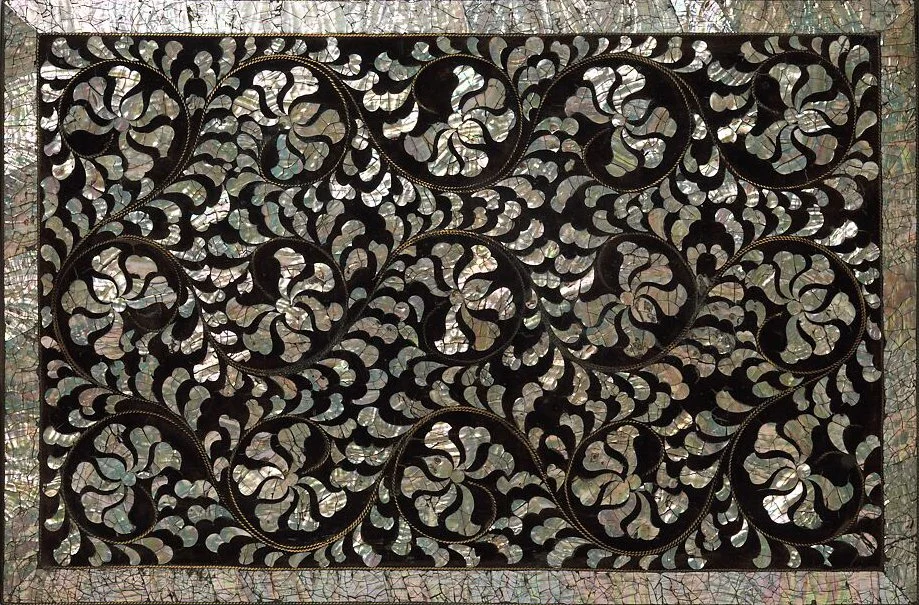
Figure 1. Stationary Box Decorated with Peony Scrolls
HISTORY
The technique of inlaying pearl into lacquer, known in Korea as Ottchil 옻칠, originated in China during the Tang Dynasty (618–907 CE) and gained popularity in Korea during the Goryeo and Joseon Dynasties. Many early-century pieces were able to survive the test of time because of the hardy durability of Najeonchilgi’s foundation, lacquer.
Figure 2. Najeonchilgi Saddle
The Lacquer tree, Toxicodendron vernicifluum, was first cultivated in East Asia and Southeast Asia. Korean artifacts utilizing its sap date back to the Bronze Age (3300 BCE – 1200 BCE) (Song, n.d.). Lacquer’s shiny and robust longevity has been useful in understanding Japanese life during the Stone Age. Archaeologists have uncovered the components of arrows during this time because the lacquer used then as an adhesive had preserved the wisteria vines and bamboo embedded within it (Murose, 2019). Its common use during early Asia’s civilization was often reflected in these simple tools, bowls, and containers that were further fortified in its unique polymerized curing process (Leidy, 2006).
The use of Lacquer eventually evolved from a material of household utility to the elegantly embellished works of luxury maritime trade markets in India, China, Korea, and Japan (Leidy, 2006). Urns used in rituals, vessels procured from lavish burial grounds, and even entire palanquins were painstakingly bedecked with pearl-inlaid designs in lacquer. Traditional Korean pearl inlay techniques are typically categorized as either Jureumjil (filing) 줄음질 or Ggeuneumjil (cutting) 끊음질 (Kawada, 1986). Jureumjil requires artisans to file or saw shapes and images from the mother-of-pearl before placing them onto lacquer, while Ggeuneumjil is a process of cutting very thin strips of pearl that are individually shaped into geometric patterns on lacquer. These techniques not only evoke the uncanny human ability to homogenously blend creativity with nature but also showcase a spirit of gratitude in balance.
Figure 3. Table Decorated With Floral Scroll
MODALITY
Najeonchilgi and its methods are referred to and practiced in a variety of ways, which may be influenced by factors like the preferences of the individual artisan, or the country/town/prefecture they may have learned the craft. Traditional techniques often strictly adhere to practices that honor the Korean Five Natural Elements, which are Wood, Fire, Earth, Metal, and Water.
Generally, the process involves Lacquer and Pearl being added to a wooden base. While the components of this technique seem simple, most Najeonchilgi protocols involve over 40 steps that are not only time-consuming but require exact measurements of temperature and humidity (Song, n.d.). Because of this, most pieces, including small works, take months or even years to complete.
Lacquer also contains urushiol, the compound more commonly associated with allergic reactions from contact with poison ivy. This means that Najeonchilgi artisans must often develop a resistance to its effects in order to regularly handle the sap (Asia Society Korea, n.d.).
Najeonchilgi is an ancient Asian craft that, although seemingly declining in recent popularity, has endured across ages. With centuries of history, my hope is that it will continue to serve as a hallmark of human grit and beauty, celebrated in its continued evolution.
Figure 4. The Filing Process on Mother-of-Pearl
REFERENCES
Asia Society Korea. (n.d.). Najeonchilgi: A Traditional Korean Decorative Design | Asia Society. https://asiasociety.org/korea/najeonchilgi-traditional-korean-decorative-design. https://asiasociety.org/korea/najeonchilgi-traditional-korean-decorative-design
Kawada, S. (1986). Korean Najeonchilgi of the Goryeo and Early Joseon Periods. Sagawa Art Museum.
Leidy, D. P. (2006). Mother-of-pearl: A Tradition in Asian lacquer. Metropolitan Museum of Art.
Murose, K. (2019). The Book of Urushi: Japanese Lacquerware From a Master うるしの話 (M. Brase & M. Komada, Trans.). Japan Publishing Industry Foundation for Culture.
Song, B.-U. (n.d.). Mother of Pearl. Mother of pearl - Abalone Shell Crafts and Art Gallery. https://www.antiquealive.com/masters/Mother_of_Pearl/shells.html
LIST OF FIGURES
Figure 1. Stationery Box Decorated With Peony Scrolls. (n.d.-b). The Metropolitan Museum of Art. Retrieved from https://www.metmuseum.org/art/collection/search/40527. Open Access
Figure 2. Najeonchilgi Saddle. (n.d.-a). The Metropolitan Museum of Art. Retrieved from https://www.metmuseum.org/art/collection/search/32221. Open Access
Figure 3. Table Decorated With Floral Scroll. (n.d.). The Metropolitan Museum of Art. Retrieved from https://www.metmuseum.org/art/collection/search/667339. Open Access
Figure 4. Kim, J.Y. (2019). The Filing Process on Mother-of-Pearl. The Korea Times. Retrieved from https://www.koreatimes.co.kr/video/news/20190204/najeonchilgi.

